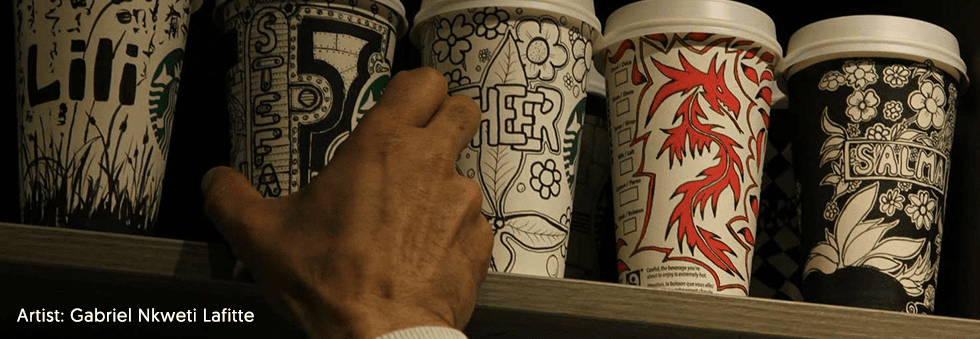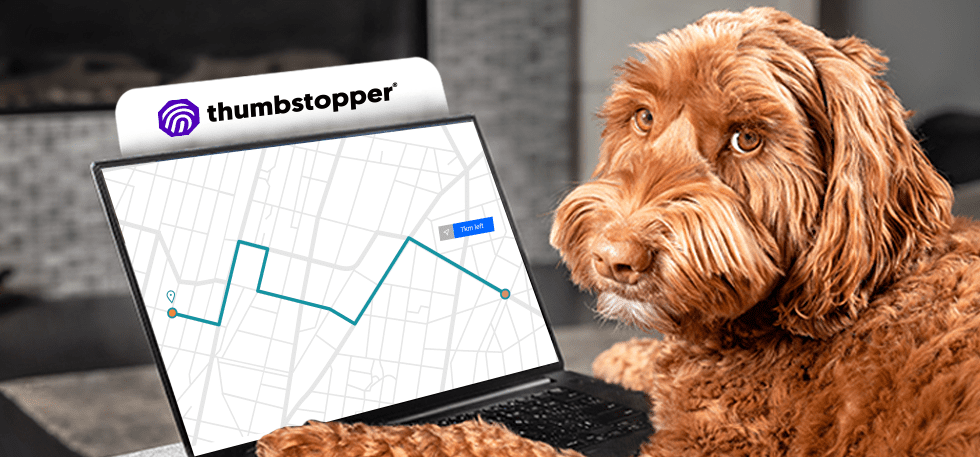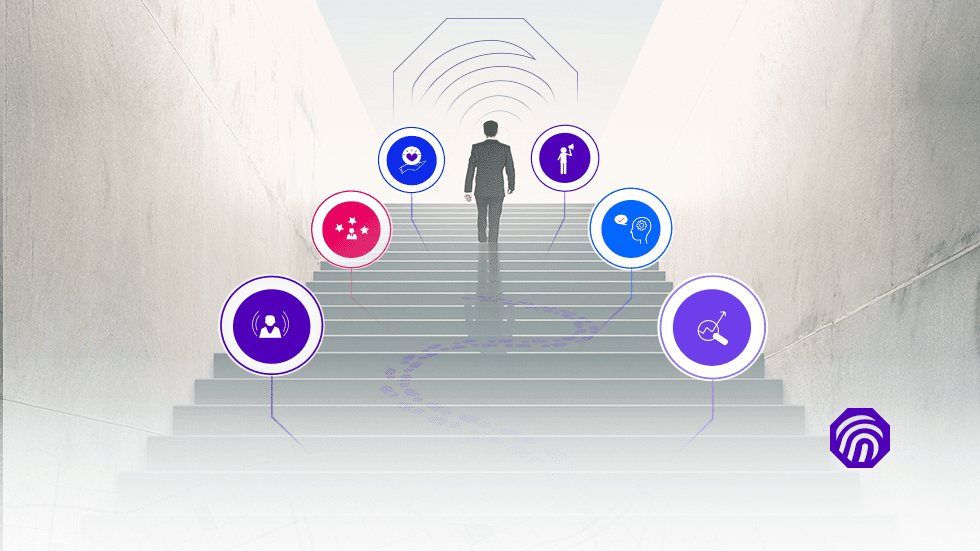In the digital age, it’s easier than ever to ensure that many people are aware of your brand. But the advantage of greater reach that existing brands experience brings some pitfalls: with less precise targeting and broader organic appeal, the majority of people who see your content aren’t interested. They aren’t willing to move along the customer journey to being informed. That’s why social media has become increasingly important to digital marketers. It offers the power of heightened reach while utilizing improved targeting to effectively move people through the funnel.

As with all digital mediums, social media is constantly changing. Not only do platforms re-create each other’s best features in an effort to capture the most screen time, but they also make updates to privacy policies, change their post dimensions, and inform advertisers what kind of content their algorithm favors with little to no notice. Shopping trends continuously shift and evolve too due to global events like the Covid-19 pandemic or technological changes, such as the significant connection between social media and e-commerce.
Recently, the youngest demographic has turned to TikTok instead of Google to search for information. Meanwhile, 81% of global users cite researching products through Instagram before making a purchasing decision. These examples show that social media is where users want to find information about the kinds of products they’re looking for. Making your social presence fun and accessible lowers the barriers between steps of the customer journey and entices customers to continue through to purchase.
The combination of these factors means that keeping up to date with current events, trends, and platform changes is crucial for success on social media. And since social media offers a more targeted, personalized experience – both for brands and users – it’s integral to your brand’s 2023 marketing plan.
Quality Content Gains Customer Attention
A stellar social media presence consists of posting high-quality content that your users are excited to engage with. It’s about finding the balance between quantity and quality. If you post every day and put minimal effort into creating content, your audience will notice. Social media users are already inundated with posts and advertisements; they scroll past boring content.

Likewise, posting fantastic long-form content once per week or even less frequently tells your audience that you aren’t engaging in the online community around your brand very often. When done correctly, social media helps your brand reach goals in key areas that either widen the funnel or help move more potential customers along their digital journey. Let’s look at how some popular brands are finding success in those key areas.
Brand Awareness
Califia Farms makes oat milk and other plant-based drinks, but you don’t have to be vegan to instantly recognize its products. Their clean and bright visual branding is eye-catching on the shelf and on their social feed. They shift color palettes with the seasons and post a mixture of product images, recipes, and interactive posts to get their follower’s opinions. One glance at their socials gives users a clear understanding of the brand’s personality and what to expect from their products.
Build Community
King Arthur Baking does have a natural advantage when it comes to creating a community on social media. Everyone loves a good recipe video or beautifully framed shots of delicious baked goods. Being an employee-owned company certainly adds to their positive community-oriented perception, but so do their recipes that highlight heritage, like this one about Conchas de Maiz for Latin Heritage Month. Content like this encourages a personal connection between the user and the brand.
Grow Audience
GoPro’s unique product enables them to invite their customers to share stories in a compelling way. User-Generated Content (UGC) is one of the best ways to keep a brand’s social feed unique and engaging over time. By posting videos taken by real GoPro users they exhibit how potential customers can share the experience. And because it’s exciting content, like this cave diving post, it encourages people to follow their pages and view more adventures. The brand is currently pushing 20 million followers, so it’s safe to say its content is well-received.
Unique Content at Scale
Starbucks’ coffee cups are so iconic that they’re their own genre of Instagram post. The UGC they post helps them maintain the neighborhood coffee house vibe despite their massive following of almost 18 million people. Starbucks has also found success in campaigns that ask for customers’ creative input like their #WhiteCupContest where coffee lovers competed to decorate Starbucks cups in the most imaginative way. One competition winner credits the contest with generating the press she needed to successfully launch her small business. Years later she still tags Starbucks in upbeat posts reminiscing about her company’s journey.

Content Distribution
Your brand can revitalize your digital customer journey by harnessing the power of social media content distribution. By sending content to retailers’ social pages (and other multi-location destinations) you widen the funnel, allowing more potential customers to learn about your products. And when they hear about your brand through the local retailers they already know and trust, potential customers are more likely to try your products. That’s where ThumbStopper comes in: a solution that helps brands intelligently syndicate content straight to retailers’ social media pages.
How much can ThumbStopper improve your reach? Find out with our brand amplification calculator, or learn more by booking a demo.





